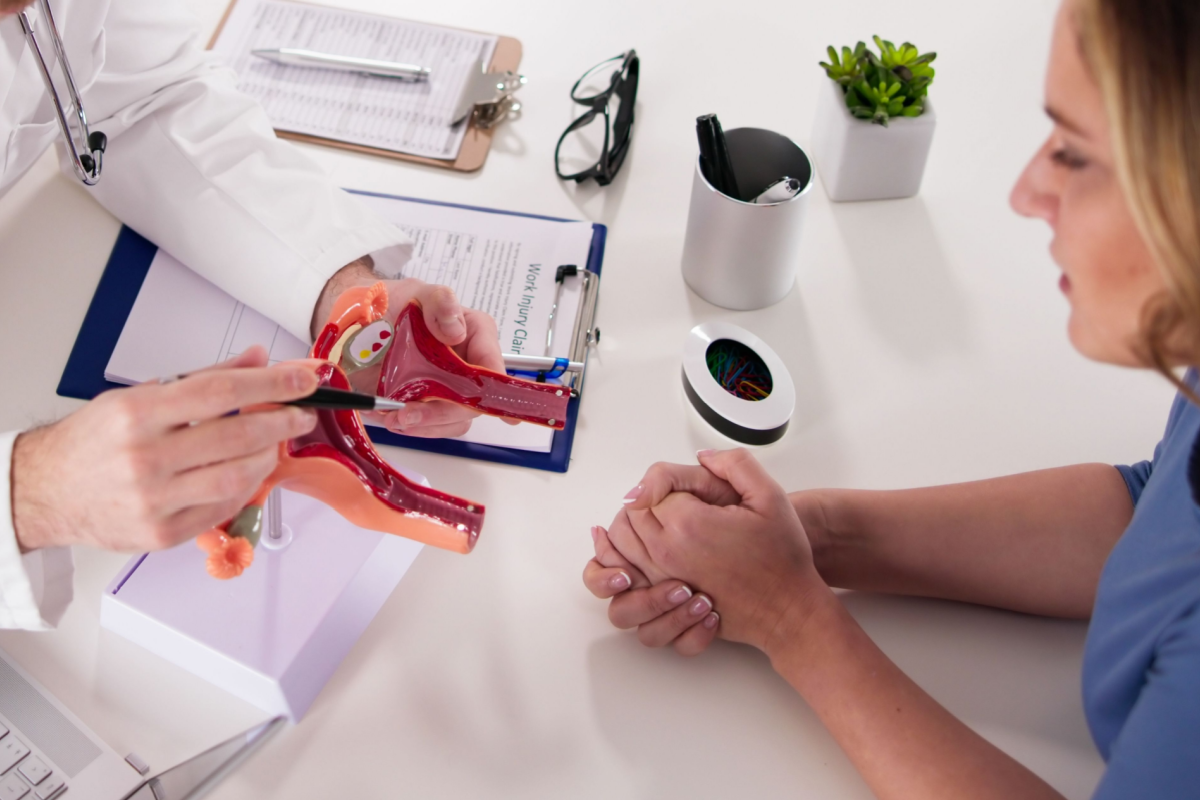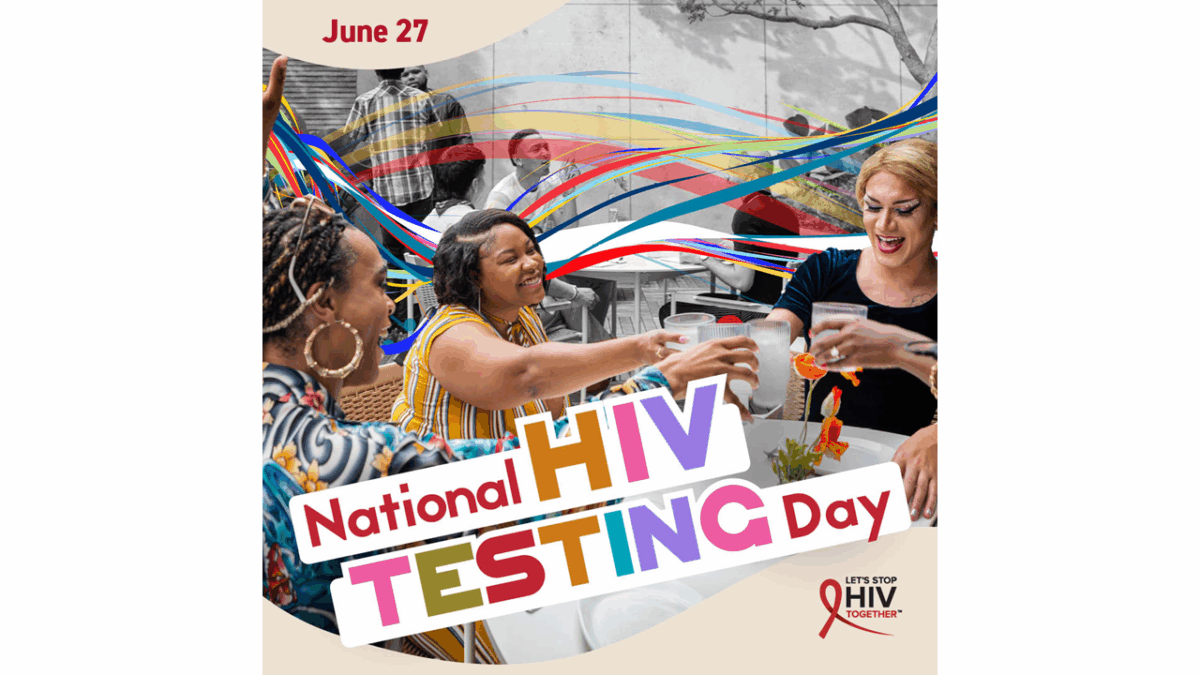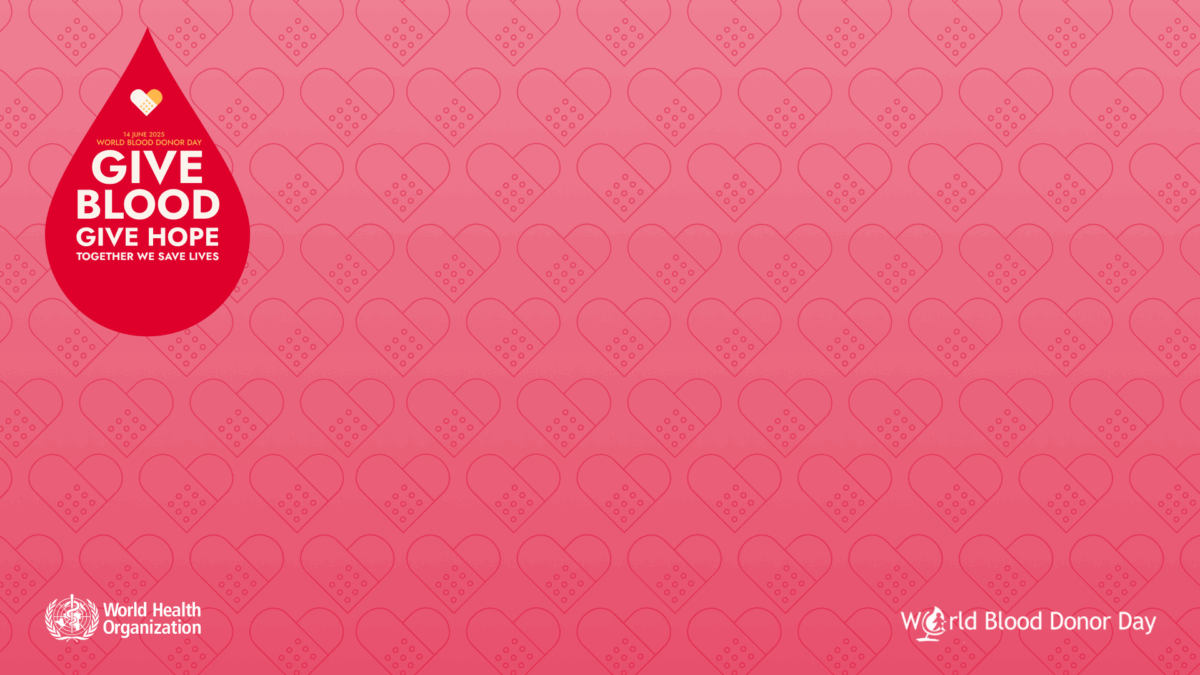In the ever-evolving landscape of healthcare, a groundbreaking innovation has emerged that promises to reshape the way we diagnose, treat, and manage medical conditions. Enter Software as a Medical Device (SaMD), a revolutionary concept that leverages the power of software to deliver cutting-edge healthcare solutions. SaMD represents a new era where algorithms, artificial intelligence, and advanced analytics converge to provide accurate diagnoses, personalized treatments, and continuous monitoring.
Xtalks spoke with Kaushik Gune, Head of Healthcare (US) at Huma, a global digital health technology company, to learn more about SaMD and what it looks like to create a regulated health app. He espoused the transformative potential of SaMD, explained its regulatory framework, and discussed the profound impact it is having on patient care, clinical decision-making, and the overall healthcare ecosystem.
Could you start by telling us about your background and when you joined Huma?
Kaushik Gune: Earlier in my career, I spent a lot of time with large corporations, like United Airlines, Kraft Foods and McKinsey, working in operational, strategy and commercial roles. But over the past ten years I’ve gotten into the fast-growth startup environment, including one in which I was a co-founder in fertility diagnostics, and the other which was a remote physical therapy platform.
I joined Huma about ten months ago, and what really excited me was the level of scale that they had achieved in the UK. When you look at 2 million active users on the platform, no other company in the world had achieved that. But what really tipped me is when I spoke with Dan, the founder, and the senior leadership, and the phrase “delighting the patients” was mentioned everywhere. And that’s almost the ethos of the company.
It struck me because when you think about the most innovative companies across the ages, like Apple and Amazon, they all talk about delighting customers and customer-focused technology. But in healthcare, we don’t.
Now, one way to look at it would be that we are dealing with patients, and how can we delight them when they are sick? But the other way to look at it is to set that as a target and really improve the patient experience. At Huma, we have that opportunity to bring innovation and technology that can flip the focus towards delighting patients.
What are some examples of software as a medical device (SaMD) and how is this software regulated?
Kaushik Gune: In the US, the FDA provides guidance on what SaMD is, and it follows the same three-tier system as other medical devices based on the level of risk. Tier one devices represent the low risk. Tier three has the highest risk for patients.
On one hand, you have software that is monitoring or measuring vitals, like heart rate. Other software reads MRI scans and detects cancers, doing more of the diagnostics work. At Huma, we have built a lot of predictive software; we are not detecting a disease, but we are identifying patients at a high risk for a disease. This is generally recognized as a Class II device.
Software designed to control how certain devices function, like pacemakers, or control how medication doses are delivered fall under the highest Class III category in terms of risk.
Traditionally, we’ve had a software in the medical device. There are tons of software that go into a medical device that makes it a medical device. We never thought of that as a separate category. But because of increased access to data and the simultaneous increase in computational power, now software can stand on its own without having the need for a physical device.
What’s the significance of Huma’s digital health platform receiving EU MDR Class IIb medical device certification?
Kaushik Gune: It’s two-fold; going from Class I to Class II means we can move from just monitoring and reporting and analyzing the data to now actually predicting disease progression or detecting presence of a disease. We can bring more tools to the clinician that will enable clinical decision making, highlighting patients that are more at risk and in the future could support treatment based on the analytics that our algorithms do.
The second is the nature in which we got the Class II clearance. We did not get a Class II certification for diabetes only, or orthopedics or cardiology; we got a disease-agnostic certification. To do that we had to submit data from multiple studies, and we had to really prove that our platform has the features and governance to support all therapeutic areas.
Now, as we develop new predictive algorithms, whether that is in diabetes, cardiology, respiratory or oncology, we can bring those algorithms to our platform because it is disease-agnostic. We’ve future-proofed ourselves from a regulatory standpoint.
We are very glad that the European authorities have recognized what we are trying to do. And they have supported our efforts in bringing innovation faster to the patients this way.
How do you address cybersecurity in your platform?
Kaushik Gune: It’s the number one focus, and I would say there are three things that we do. Number one is investment. This is not a side project for our engineers or the IT team. We have hired the best talent who are experts in cybersecurity. We have dedicated resources and we have dedicated deliverables to make sure that we’ve made all the investments to build up cybersecurity.
The second piece is infrastructure. We have policies and procedures in place that ensure that we are embedding cybersecurity in the design itself as much as possible. We have embedded it in our operations, but we also know that that’s not enough. We have infrastructure in place to monitor and to train, as well as do periodic third-party penetration tests to make sure that our cybersecurity infrastructure is up to the mark all the time.
The third thing that we do is validation and credibility. We have gone out and gotten ISO certifications on cybersecurity. We look at these certifications not only as a validation of everything that we do, but also as guidance on how to shape our cybersecurity moving forward. And so those are the three things that we do.
What types of life science companies use your platform to develop apps?
Kaushik Gune: Right now, we work with most of the top 20 big pharma as well as quite a few medical device players. I would say that the pharma industry has been leading in the life sciences in terms of going digital. I would say that the medical device teams are beginning their journeys.
I think there are two reasons why the life science companies are motivated to use our product. For them, it’s all about their therapies and making them more effective. They have invested so much in developing an approved therapy, and they know it benefits the patients. Now their job is to make sure it gets in the hands of the right patients, and it is utilized in the right way.
They look at our technologies as a way to enable that, including patient identification, activation and adherence to their therapies. But it’s also an opportunity for them to collect real-world data to understand and inform their future innovations.
Can you talk about some key learnings from your partnership with Bayer?
The Bayer partnership was one of our first partnerships and together we have built a deep strategic partnership. Several years into the relationship, I think we’ve learned is that we have a very good sense of what Bayer is really good at and what we are really good at. There’s a good symbiotic partnership in collectively going to the market and figuring out a problem.
An example of that is that we share a passion for improving heart health across the US, and eventually, across the globe. Huma has AI-enabled algorithms that can help them achieve this goal, and we are jointly trying to figure out the best way to get these technologies and tools out into the market.
Bayer is helping us achieve global reach, but we are very much focused on the details of execution, operation, technology and product market fit. I hope we can replicate this with many other pharma companies; that’s the goal for us.
What does the process of creating a regulated health app from scratch look like? How does Huma’s platform fit in?
Kaushik Gune: I think that the answer lies in Huma’s company history. Huma was founded in 2011, and back then, remote patient monitoring, SaMD and decentralized clinical trials were not the buzzwords that they are today.
Twelve years ago, the only ones that were willing to try these new initiatives were pharma companies focused on rare diseases. Their view was that their patients were so different, the diseases so rare, that they didn’t have access to a lot of data. They were looking for a way to catch and hold onto any data that they could.
That’s where we started, and we built a piece of technology for one rare disease. Then we started building the technology for the second rare disease, and everything was different. We had to tear down everything that we had built to design another platform. And then we tore down the platform again when we went to the third, fourth and fifth rare diseases.
What we realized through this process is that we always focused on the patients and the clinicians. When they changed because the disease state was changing, the requirements, workflows and everything else was different for us. We’ve gone through that pain of tearing it down and building it up back up again multiple times.
As a result, what we have today is a platform that has the architecture of “Lego blocks” that allows us to be disease-agnostic. Our partners tell us what they need and we assemble the Lego to scale faster than if we were coding from scratch.
To build a regulated platform, you have to start with the clinicians and the patients because they are the ones who are going to use your platform. They see the value in the platform to deliver care, to manage care or to manage themselves as a patient.
What’s next for Huma and the digital health space as a whole?
Kaushik Gune: I don’t have predictions, but I do have aspirations. I think the power of digital health is delivering care at a massive scale for a fraction of the cost. The US and UK healthcare systems are strained in terms of cost and capacity. And in many parts of the world, there is no healthcare system. I think that digital health has the potential to reach that scale and that geographical footprint at a really low cost.
Digital health has the potential to solve the healthcare cost and access problems that we have around the world. But no digital health company – nor the industry as whole – has achieved that scale yet. We are very, very far from achieving that scale. But what I’m really optimistic about is that I think we might be closer to achieving that in a few pockets.
Huma’s experience in the respiratory and cardiovascular space specifically are bringing us closer to achieving that. What I’d like to see is Huma lead in one, two or maybe three cases to inspire others to follow us in this mission. We alone won’t be able to reach 8 billion people.
Hopefully others follow soon, copy us and learn from us, and we learn from them. That’s my hope for the industry.
Looking Forward
After this interview was conducted, Huma obtained Class II clearance from the US Food and Drug Administration (FDA) for its disease-agnostic SaMD, adding to its EU MDR Class IIb medical device certification. This clearance allows Huma’s SaMD platform to monitor patients of all ages with any condition and connect with third-party devices.
When asked for comment on the FDA clearance, Kaushik explained the expanded capabilities they would be able to provide as a result.
Kaushik Gune: This allows us to bring three big values to provider and patients users of our platforms:
- It allows us to host AI algorithms and other decision-making tools to support screening, diagnosis, dosing recommendations, clinical decision making and prognostication. For example, our CVD Risk Score (also a 510k approved algorithm) is used to identify people that are at-risk of developing heart conditions.
- This configurable platform allows us to mold our platform to any use case vs. other platforms that are niche or approved for specific condition/use case. This allows some of our large customers to deploy our platform at scale without sacrificing customizations.
- It expands the indication to include pediatric patients and pregnant individuals.
The digital health space holds the potential to deliver care at a massive scale and significantly reduce costs, making it a promising future for healthcare innovation.











Join or login to leave a comment
JOIN LOGIN